 Over the last week I've run into a few different sweeping judgements of TAB teachers. We're pushy, I read, and aggressive. In the past I would have been upset about these sort of classifications and written an angry response straight away. I didn't. Not even a comment, but I've been thinking about it since and come to some conclusions. What it comes down to is this; TAB represents change and that makes us uncomfortable. TAB, or Teaching for Artistic Behavior, is a philosophy centered around a three sentence curriculum:
These ideas represent a profound change in art education and have been deeply transformative for many TAB teachers. For me, TAB provided the change I needed at a time where I was considering leaving education. I was able to transform my classroom, in a Title 1 school where I had constantly struggled with managing behavior, to a place where all my students were creatively engaged. The issue with TAB teachers is that many of us have seen the other side of art education and rejected it. We've had DBAE classrooms where we planned the work our students would create. Then we experienced the opposite - teaching students to plan and create their own work with their own ideas - and realized that the rest isn't needed and gets in the way of actual art-making. Many feel strongly enough about the experiences we've had to advocate for change in art education from a teacher-centered approach to a student-centered one. As women, which so many teachers are, we were raised to be nice, polite and get along. Strongly advocating for a teaching philosophy, even disagreeing with the pedagogy of others, challenges this expectation. We could call this behavior "aggressive" or "pushy" but also "passionate" or "dedicated". Art education is better when we question how it's taught and debate best practices. We need passionate teachers who deeply believe in what they're doing and who work for change to continue to grow and evolve as a profession, both inside the TAB community and in art education as a whole. If that makes me pushy, I'll take the label.
5 Comments
 I had such a wonderful experience presenting about Bootcamps at NAEA 2018 in Seattle this week. The teachers who came to the workshop were amazing, from helping me set up the space in the beginning to graciously allowing me to film them presenting the content they created. The session started with a short presentation that I've linked below. In it, I talked about how I develop content, starting with the goal of providing the knowledge and practice that will support students' independent use of the classroom studio. I modeled about my thinking process as I plan and create a Bootcamp, then showed two examples. Next, participants worked in small groups to create their own Bootcamp activity, which were then shared by each table presenting to the whole room. Below is the colored pencil group presenting the mark-making exploration they created. The watercolor table came up with an exploratory set of tasks that really inspired me to include more student lead discovery in my instruction. See Kristina present what they developed in the video below. This workshop reminded me how valuable it is to collaborate with colleagues. I really appreciate the content developed in the session. It was fun and investigative and all different from what I would have come up with on my own, which gave me ideas for my own practice. It was wonderful to meet and collaborate with this group. Images of the resources the group created are in the slideshow below. In the spirit of sharing and collaboration, I've created a Bootcamp section here on the blog that I'll continue to add to as I create new resources. If you're interested in reading more about Bootcamps, check it out. I've participated if in few conversations this week that have caused me to spend quite a bit of time thinking about quality in my classroom. It's a hard thing, quality, because I define it one way (I'll get to that later) and many adults define it mainly by appearance. If we judge artwork by appearance, we're missing so much. Both of these drawings were made by students in my advanced class. Both represent years of learning, both students picked challenging subjects, struggled and grew during the process of making these works. To me, they are both of the highest quality because I'm evaluating the students who made them as individuals on a journey, not in terms of an arbitrary list of qualities that advanced work should have . These are two of the most powerful works made in my classroom this school year. The top work was made by a kid who came into my beginning class oozing distrust. It took me weeks to get him to open up enough to ask for help if he needed it, to even try to work through Bootcamps with the class. The image he made was in response to the theme of "identity". He traced the hand, then spent days printing and cutting deeply personal lyrics with my dull exacto knife and proudly presented the work to the whole class, telling us it was about his life.
The second work was made by one of the most technically talented students I've worked with. No tracing here - he drew from observation, combining the portraiture he'd been working on in drawing class with arbitrary color and abstracted figures to make this image that so clearly expresses who I know him to be. Both of these images exemplify what I hope for my students to be able to do, without my help, at then end of their time with me - to have an idea and follow it to produce a work of art. Some students come into my classroom able to do this. Others, like the student who created the image of the hand, need lots of support to get there, because by the time some kids get to high school they've gone a long time without being asked to have an idea and do something with it. Quality, then, in my classroom, is students who function as artists, defining quality for themselves. To get them all to a place where they can take the risks required to do this I have to make a space where they feel safe. Part of that is the skill teaching I do in Bootcamps, part of it is making it okay for them to fail, to be less than perfect. That's why quality in my classroom is never defined by my adult expectations about what their work should look like, but by the journey we take together. Learning is work, at least the deep sort that kids internalize is. When kids get new content right away, it doesn't mean they're learning - it means that they already knew it or that it was too easy. Conversely, if work is too challenging students get frustrated and can don't make much progress. The space between these two extremes - not to easy and not overwhelmingly hard - is what I try to create for everyone of my students when I plan instruction. In mathematics instruction, the term for this sort of content, and the required searching for solutions that goes with it is "productive struggle". The idea is that students solve challenging problems independently, or in groups, where they are not given a process to use or a set of steps - instead, they use their knowledge of mathematical content to figure out how to solve the problem, often through trial and error. When I first heard this term during professional development I was excited, because it captures so much of what I believe creates a valuable learning experience. Productive Struggle in My ClassroomI plan for and support productive struggle in my classroom with open ended tasks. I use challenges and themes with no set outcome regularly in my teaching, which range from "make work that shows your knowledge of acrylic paint technique" to "create a collection of artwork that shows who you are as an artist". These sorts of tasks require students to interpret, plan and experiment. However, this is challenging stuff, and it can be overwhelming for some students. That's where support comes in I teach students how to use the Artistic Thinking Process, a decision making process for planning and creating artwork. The Development stage is especially helpful for student when they don't know where to go next. When they look to me for answers, I point them to the chart and help them use it to find their own answers.  Some students need more support, however, and that's where conferencing comes in. I try to talk to each student, every day, about where they are in their art-making process. When students are stuck, I have an Artistic Thinking Process planning form that often helps. If you're interested in what that looks like, check out this article.
If you're interested in making your classroom a place of productive struggle, I recommend learning about TAB. I use Bootcamps in my teaching to support student choice. Basically, I spend a consolidated amount of time teaching skills, techniques and processes in order for my high school students to have the knowledge needed to make informed choices about media. Recently, however, I realized that my Bootcamps only explicitly taught realism and this was contributing to the value students' placed on art that was the most realistic. I want my kids to try on different modes of expression to find what works best for them, so I have to show them how. I've been re-tooling Bootcamps to reinforce a range of art-making styles as well as teaching the techniques and skills that will give my kids foundational knowledge. This week I taught a refreshed painting Bootcamp to my beginning students. I started the same way I always do - with a paint mixing challenge, although I decided to focus on only acrylic paint. The big difference was in the development stage. I used This is Colossal to show students a range of artists' styles in acrylic painting, from photo realism to different degrees of abstraction. We talked about how the artists "added more than the observable" by doing things like using arbitrary color, playing with space, adding patterning or inserting imagitave elements. When it came time for students to develop their ideas, I asked them to do two sketches in paint, each in a different style. Many resisted this - they felt like they knew what they wanted to do and didn't need to explore. However, almost everyone made discoveries in the second sketch, which ranged from finding a color that worked better to rethinking their whole plan. I noticed that the work produced was higher quality than in the past and much more expressive. The work was varied and felt original, which made the definition of success diverse and inclusive. Some students made art that was very representational, while others experimented with color and texture . Others explored symbolism. I'm so happy with how this Bootcamp turned out!!!!
|
Mrs. PurteeI'm interested in creating a student student centered space for my high school students through choice and abundant opportunity for self expression. I'm also a writer for SchoolArts co-author of The Open Art Room. Archives
December 2019
Categories
All
|

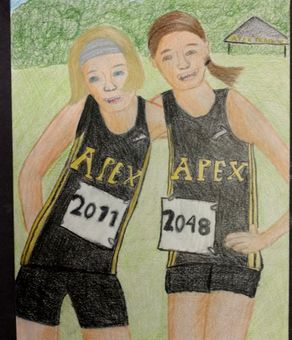
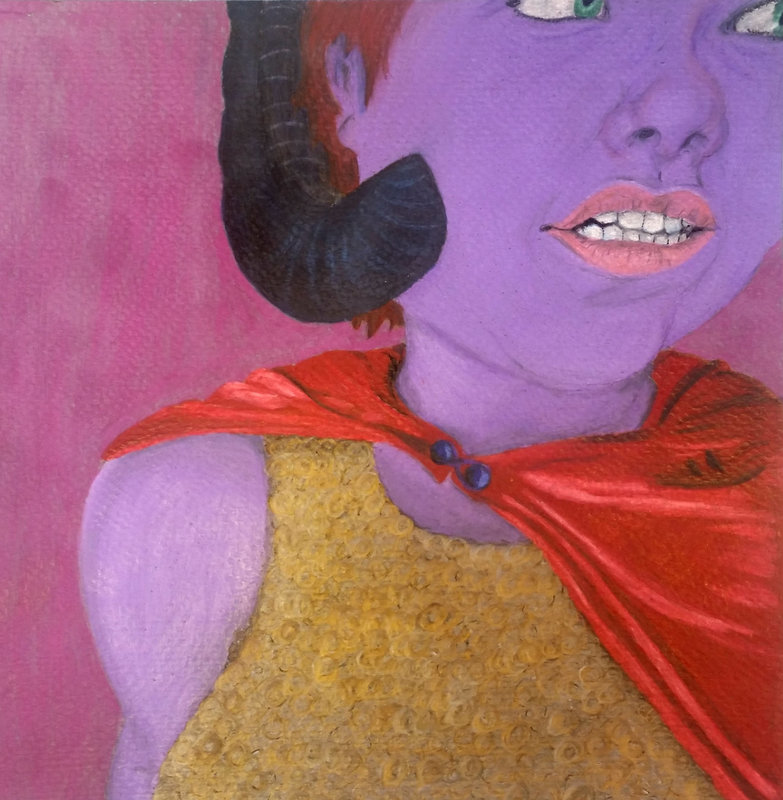




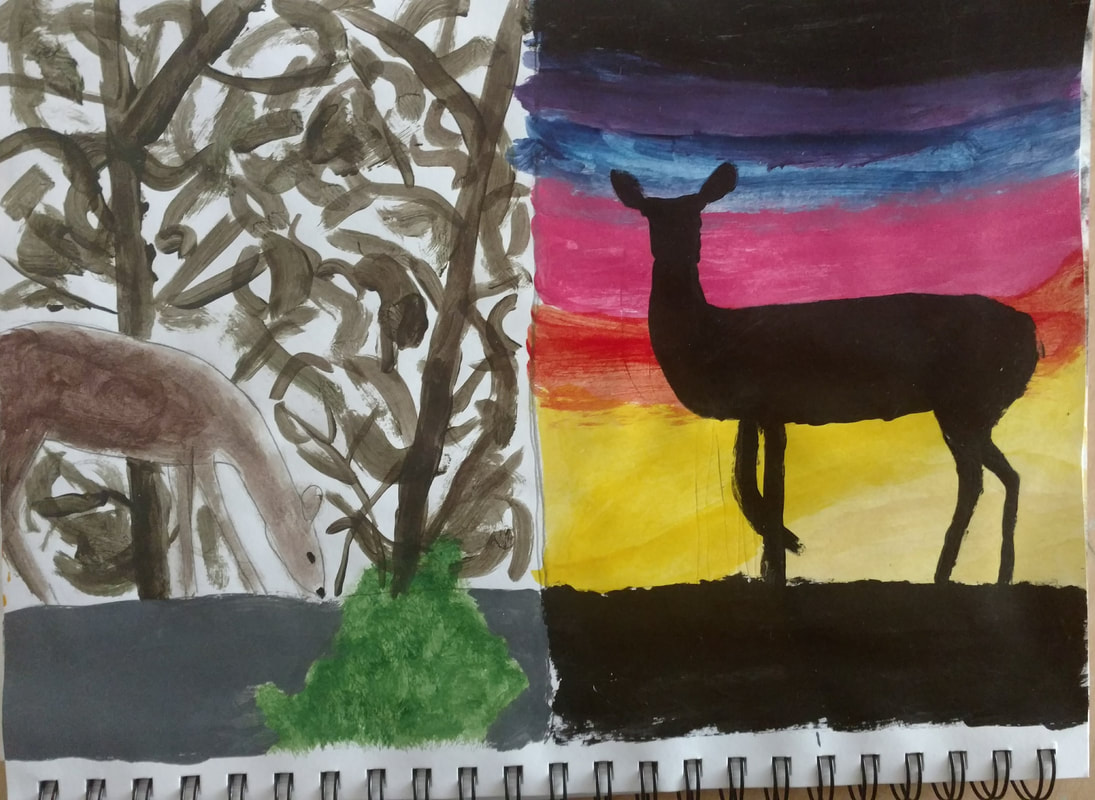
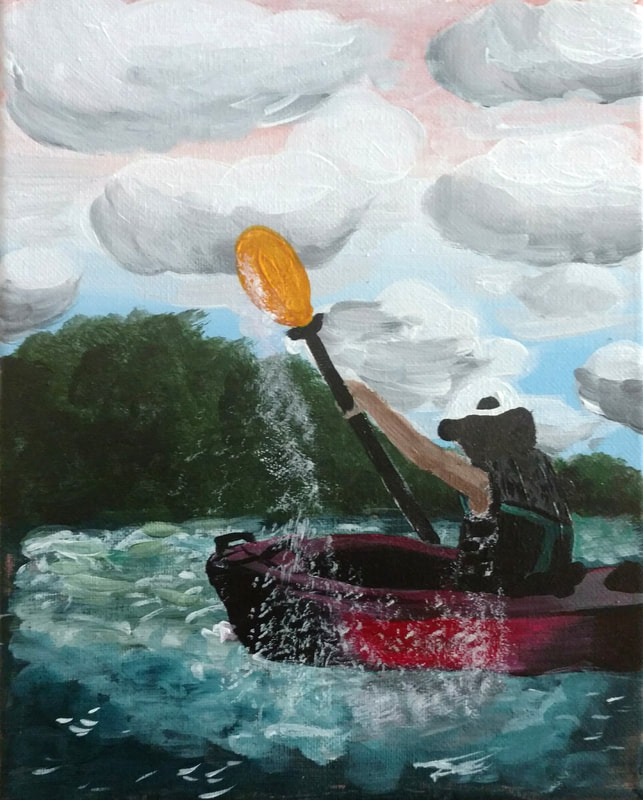
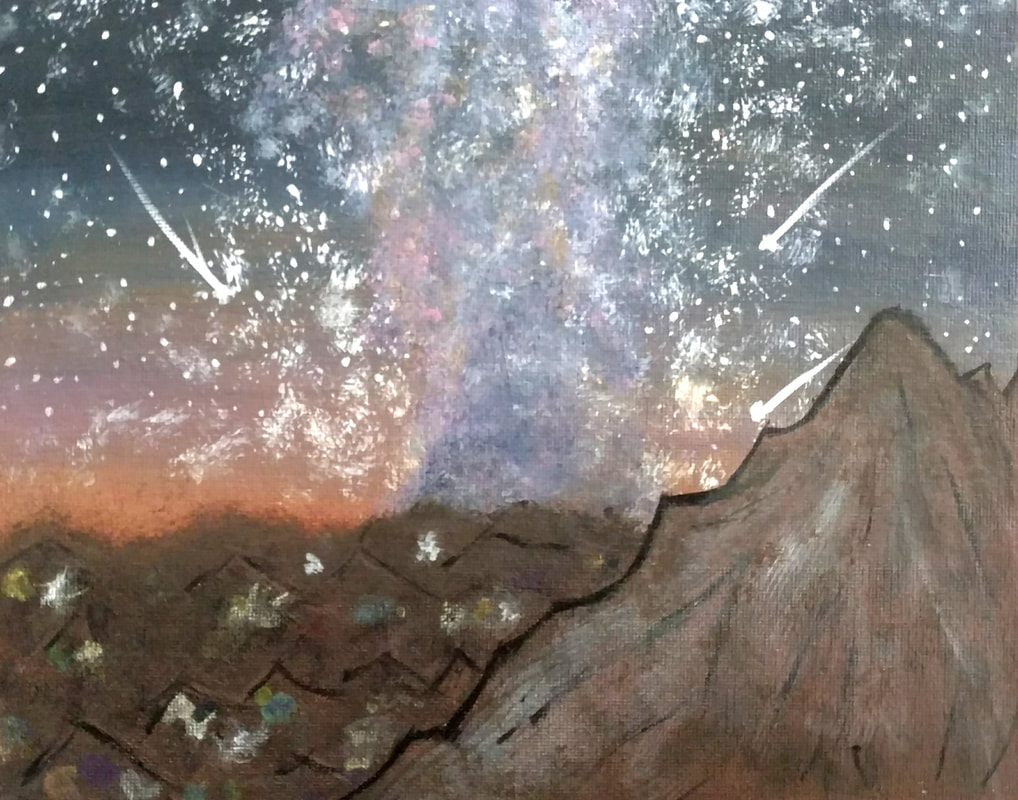
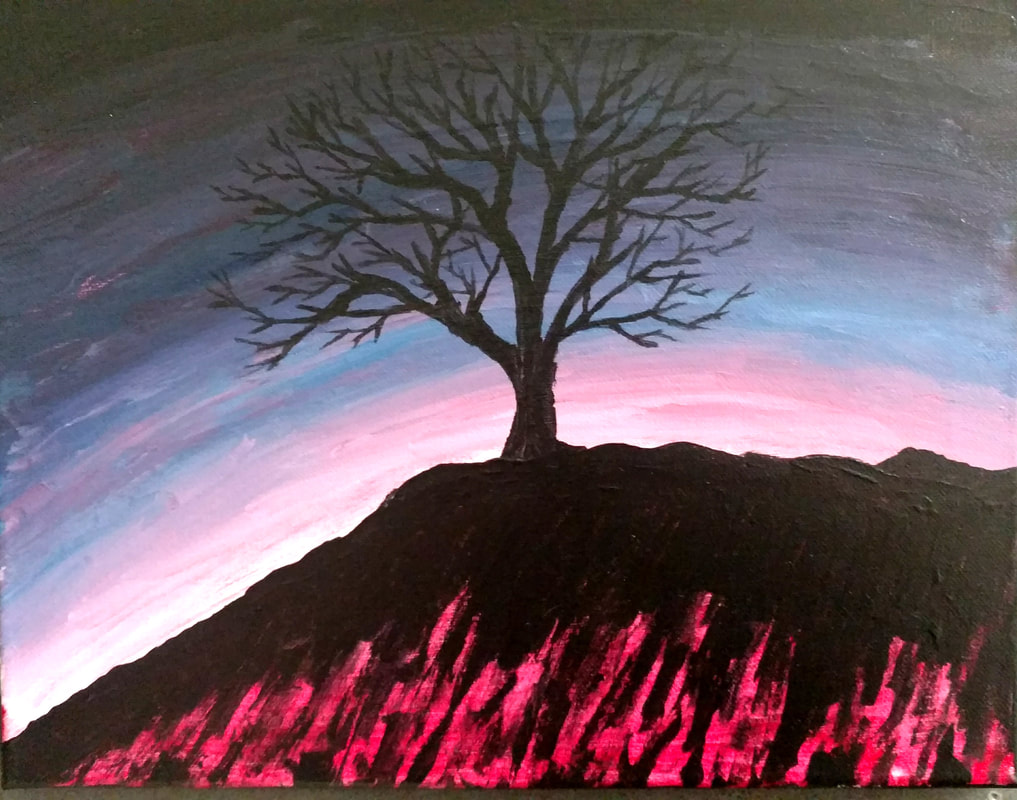
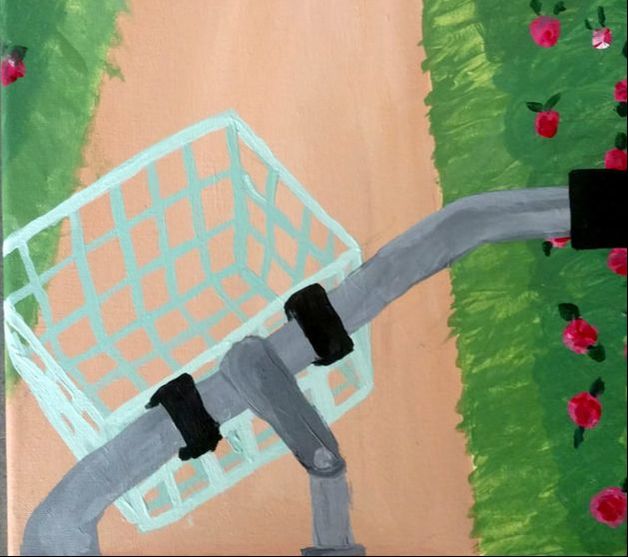
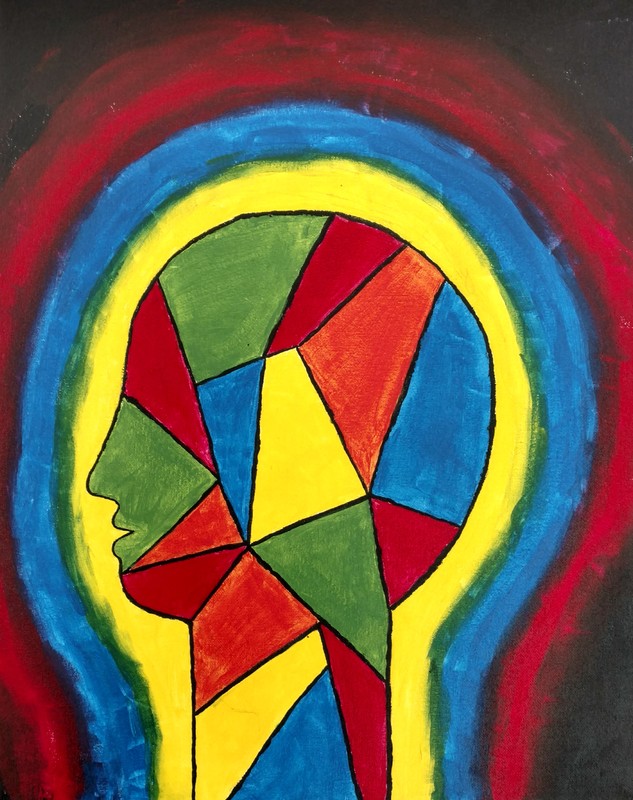
 RSS Feed
RSS Feed